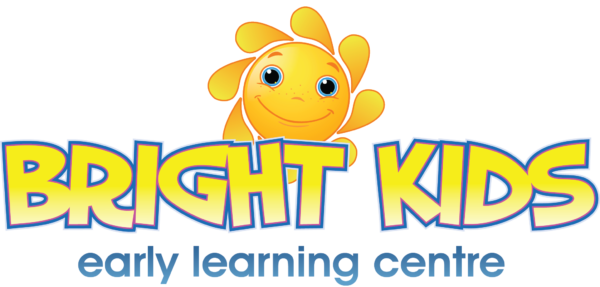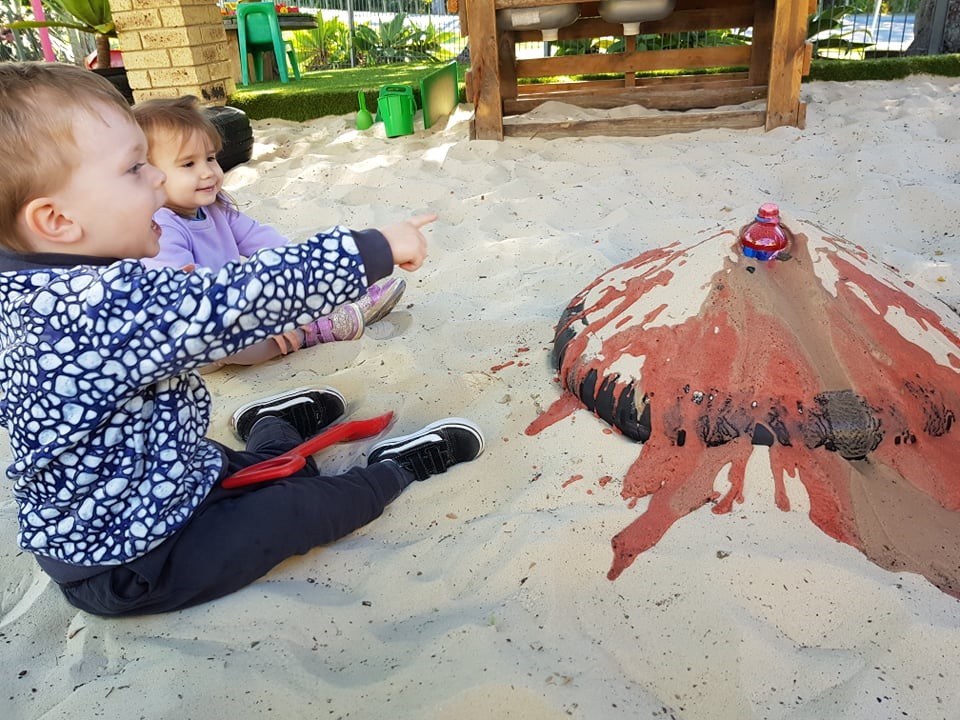Our Native Land
You don’t need a PhD in geology to figure out that the Gold Coast has a lot of beaches, but what you may not know is how our native land was formed into what it is today.
How features of the land such as;
- beaches;
- mountains;
- swamps; and
- plains, came to be formed through erupted volcanos.
To celebrate Aboriginal & Torres Strait Islander Children’s Day, we took a trip back into our native history to explore the scenic gifts we enjoy today.
We took a closer look at the Lamington region- located in southeast Queensland and discovered that the landscape of Lamington National Park is basically the result of two large, ancient volcanoes.
(don’t’ worry last eruption was about 24 million years ago)
We enjoy spectacular views thanks to the region’s volcanic past, so we decided to honour our land by making our very own volcano today.
The Land Of The Yugambeh People
At the time of European settlement, the area of what is now the Lamington National Park was inhabited by Aboriginal People of several tribal groups:
- Birinburra;
- Kombumerri;
- Wanggerriburra; and
- Migunberri.
They were a part of the Yugambeh Language Group. Prior to European settlement, the aboriginal people had been living comfortably in the area for thousands of years, needing only a few hours of the day to collect enough food for their tribe.
The two volcanoes, Focal Peak Volcano and Tweed Shield Volcano, erupted, spewing lava over the hills and valley, dramatically changing the landscape into the mountainous areas that it is today.
The Yugambeh Aboriginal people know this area as Woonoongoora, and the mountains are considered sacred.
Our Experiment
After studying landscape images of this amazing place, we set up an experience for our Dolphin children to watch and see how a volcano works!
We took this messy experiment out to the sandpit and set up the following:
- Filled a water bottle about a third full (mixing in some red food dye);
- Added 5 teaspoons of baking soda;
- In the sandpit, using a tyre as the base we filled the tyre with sand;
- Positioning the water bottle in the tyre, children begun to build a mountain of sand around the bottle;
- Uncap the bottle;
- Pour a cup of vinegar into the bottle; and
- Get out of the way and watch the huge eruption!
Try this at home
Got any school science projects coming up? This is a good representation of what happens in real volcanoes.
The red lava is the result of a chemical reaction between the baking soda and vinegar. In this reaction, the carbon dioxide gas is produced, pressure builds up inside the plastic bottle until the gas bubbles out of the volcano.
Children were fascinated and completely engaged with the entire experiment. They watched with excitement as the sand volcano erupted red lava!
This was a memorable hands on experiment to demonstrate and explain to our toddlers how our beautiful scenery of our backyard, came to be today!
That’s all from us this month, from Miss Lauren, Miss Ruby & the dolphin’s ( Gwongs)
Also please follow our Facebook and Instagram Pages and stay up to date.


